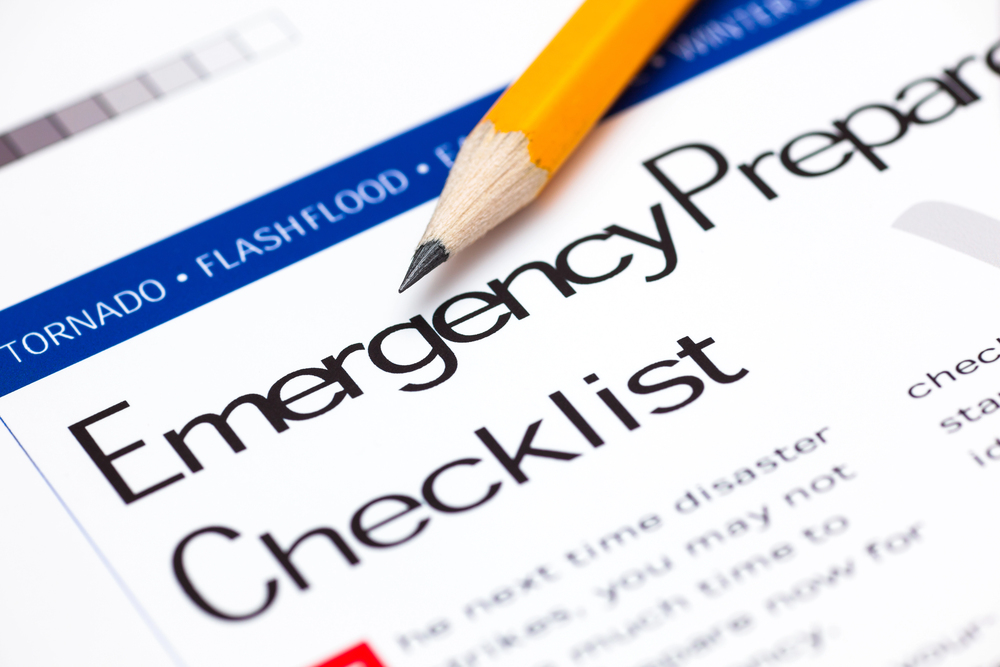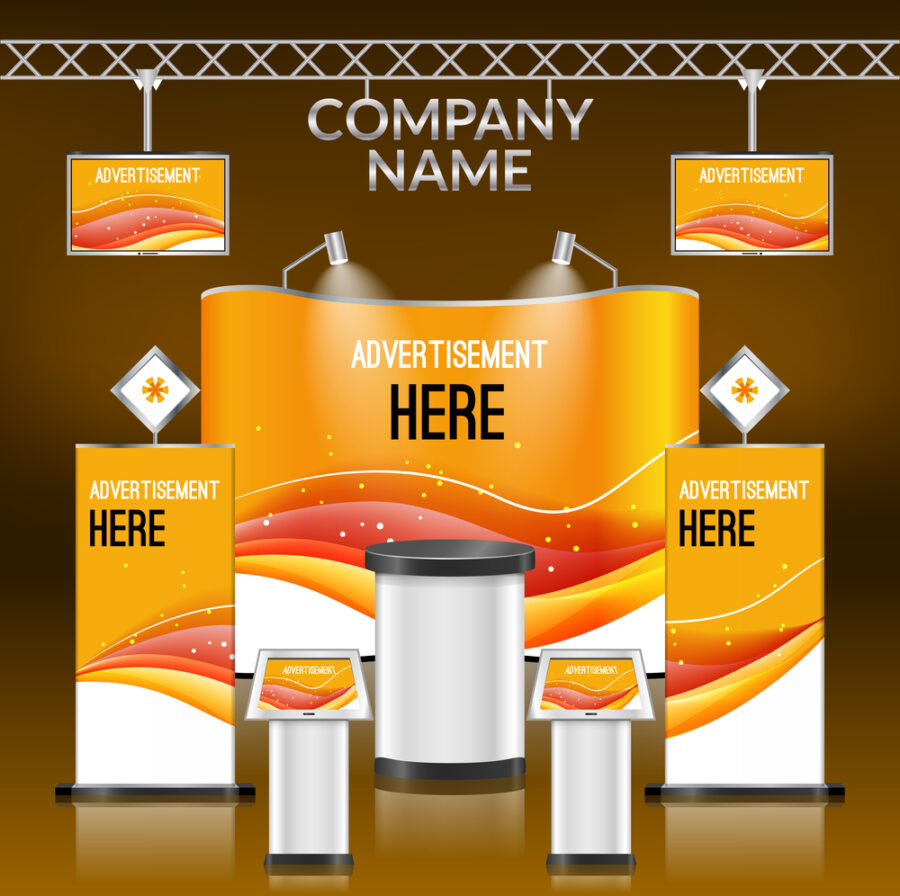As Thanksgiving approaches, it’s the perfect time to pause, reflect, and express gratitude to everyone who plays a role in the success of your small business. Running a business is no small feat, and it’s impossible to do it alone. Each person—employees, co-workers, customers, and vendors—forms the foundation of what makes our business thrive.
Thank You, Employees
To our employees, thank you for showing up every day with dedication, creativity, and hard work. Your efforts keep the wheels turning and the vision alive. Whether it’s the way you go above and beyond for a customer or tackle challenges head-on, your commitment doesn’t go unnoticed. You’re not just part of the team—you’re the heartbeat of this business.
Gratitude for Co-Workers
To our co-workers and collaborators, thank you for sharing the journey. Together, we brainstorm, strategize, and adapt to make our business better every day. It’s your ideas, encouragement, and teamwork that turn challenges into opportunities and setbacks into successes.
Appreciation for Customers
To our customers, we’re grateful for your trust and support. Whether you’ve been with us since day one or just discovered us, your choice to shop, dine, or partner with us means the world. You’re more than transactions—you’re the reason we exist. Every kind review, referral, or repeat visit fuels our passion to serve you better.
A Nod to Our Vendors and Partners
To our vendors and business partners, thank you for helping us deliver the quality and service our customers expect. From providing the best materials to ensuring smooth operations, your reliability and excellence make you an invaluable part of our story.
Why Gratitude Matters
Expressing gratitude isn’t just about words; it’s about fostering relationships and creating a culture of appreciation. When employees feel valued, they’re more engaged. When customers feel appreciated, they’re more loyal. And when vendors feel respected, they’re more likely to go the extra mile. Gratitude strengthens bonds, builds trust, and reminds us all why we do what we do.
Ways to Show Gratitude
Here are a few simple ways small businesses can show gratitude this season:
- For Employees: Host a Thanksgiving lunch, give handwritten notes, or offer a small bonus to show appreciation for their hard work.
- For Co-Workers: Celebrate with a team-building activity or take a moment to acknowledge their contributions during team meetings.
- For Customers: Share a heartfelt thank-you on social media, offer a special discount, or include a personalized note with their purchases.
- For Vendors: Send a Thanksgiving card or small gift to let them know you value their partnership.
This Thanksgiving, let’s remember that it’s the people around us who make success possible. Without them, we wouldn’t have a business to be thankful for.
Happy Thanksgiving!
From all of us at Edmiston Group, we hope your holiday is filled with love, laughter, and gratitude.
About the author: Autumn Edmiston is the CEO and owner of the Edmiston Group. The Edmiston Group is a multifaceted Pittsburgh-based marketing consulting firm providing senior-level marketing management services to businesses and non-profit organizations on a short or long-term basis. Core areas of service are business development strategies, website creation and management, social media management, marketing, strategic planning, and public relations. The Edmiston Group has consistently delivered and implemented real-world, proven business marketing ideas and strategies for business.











